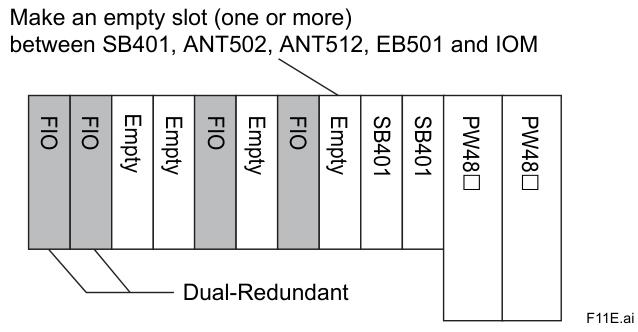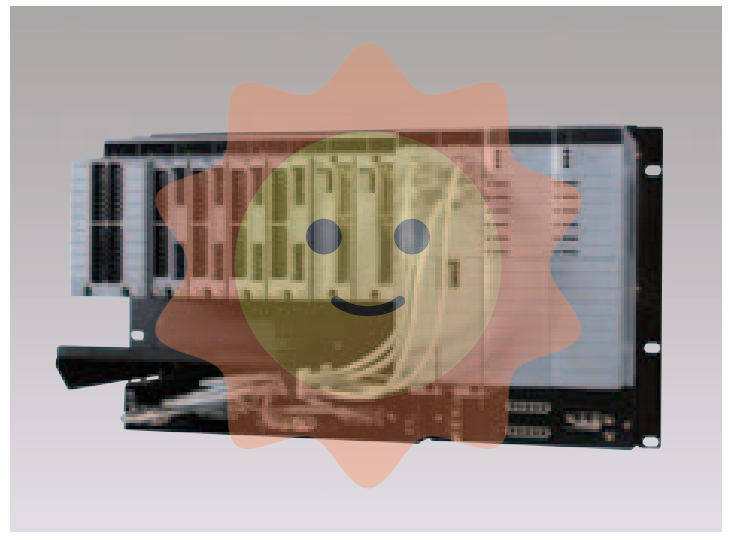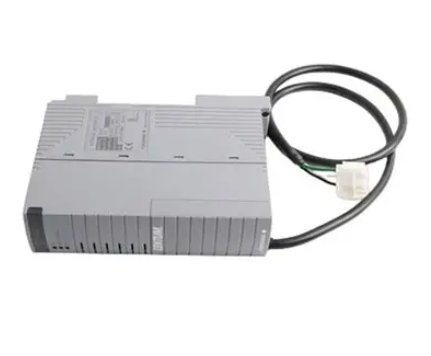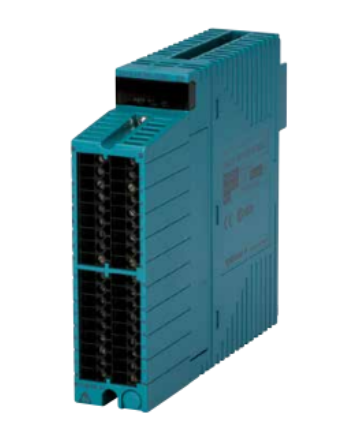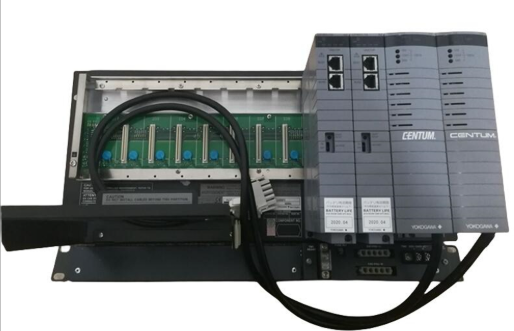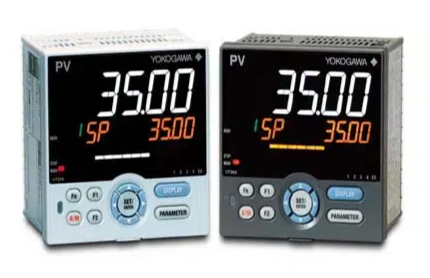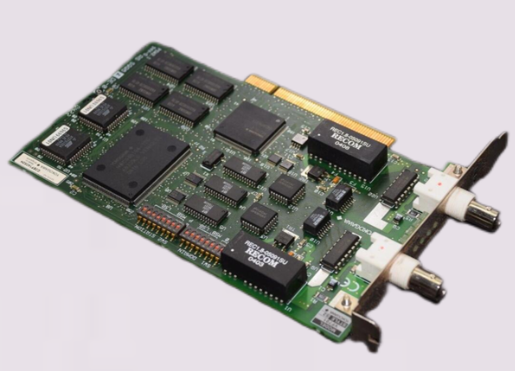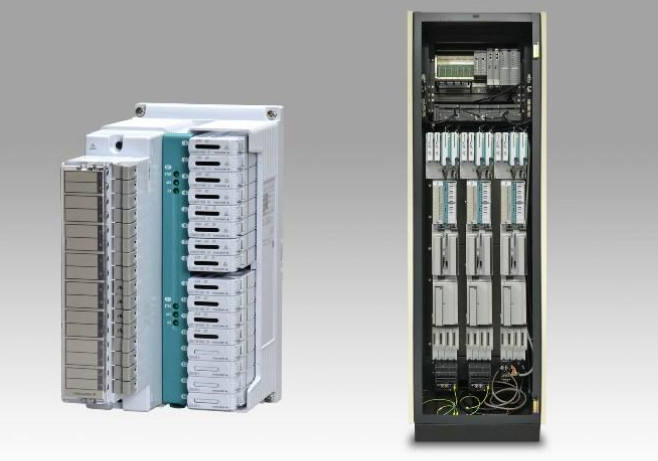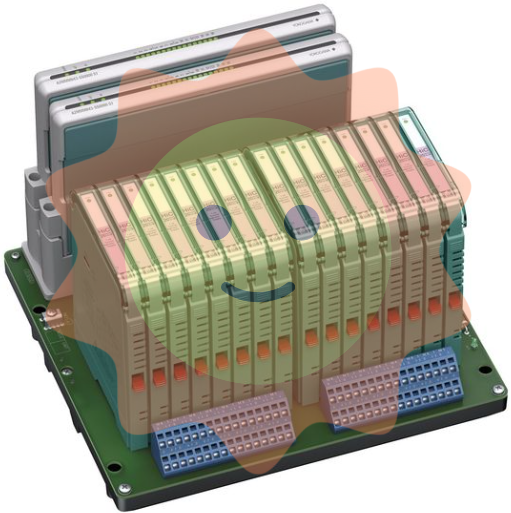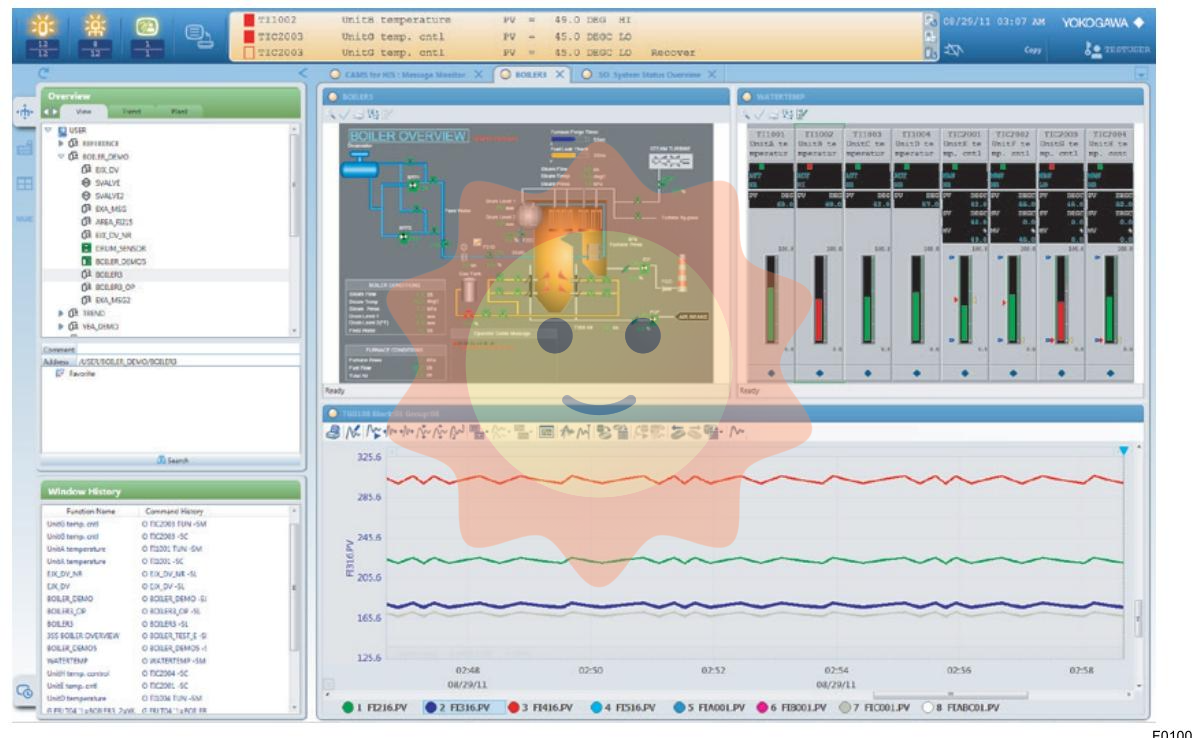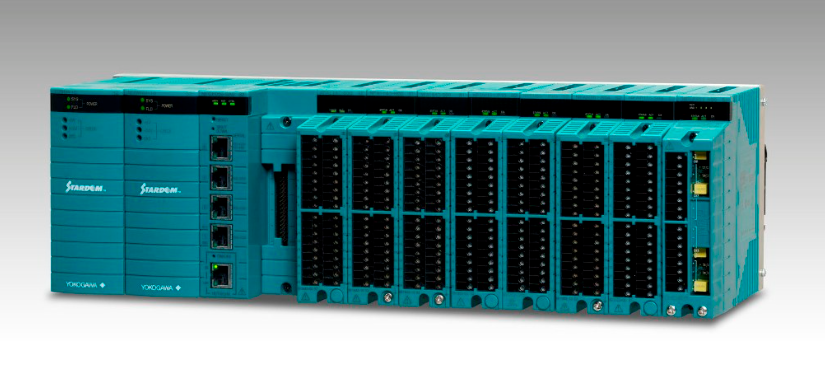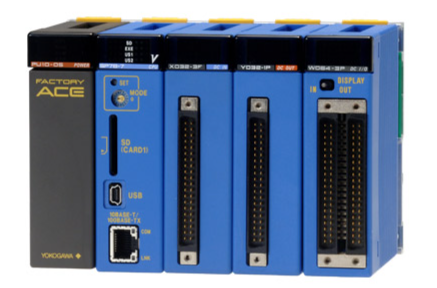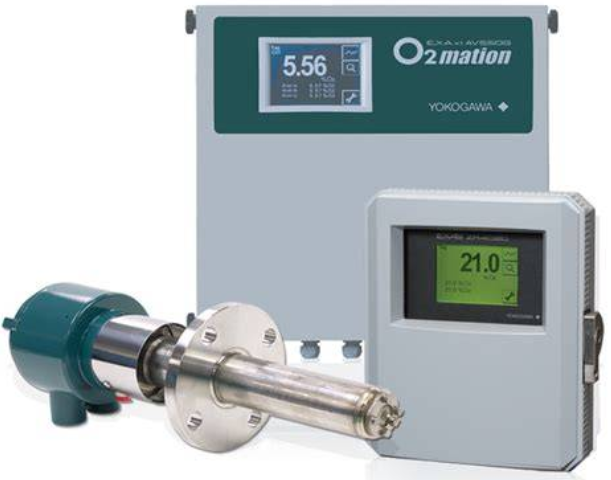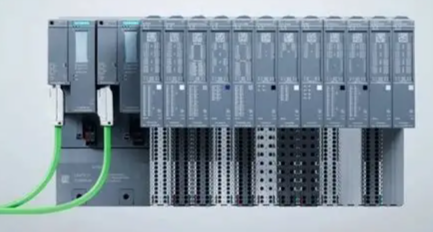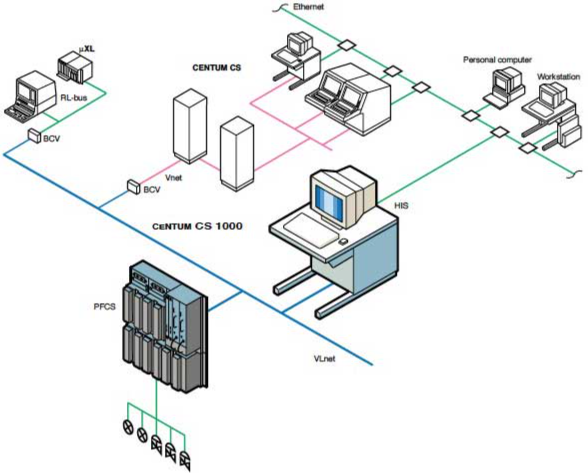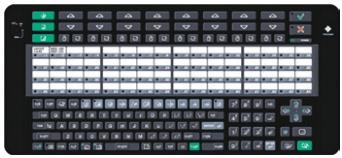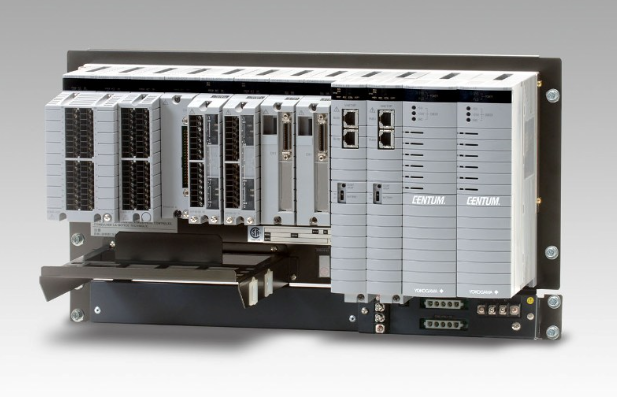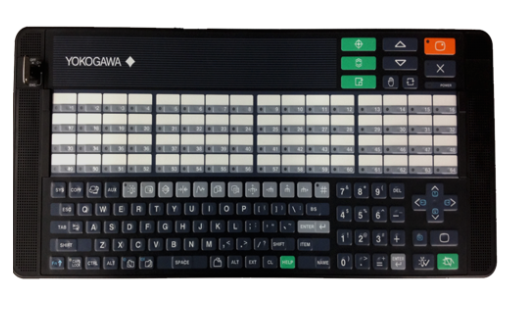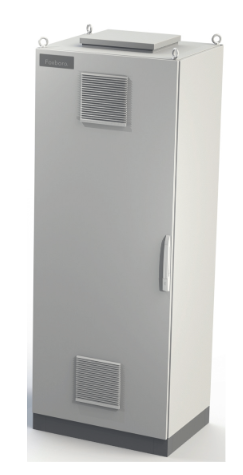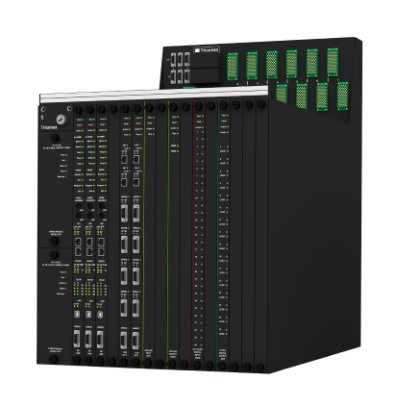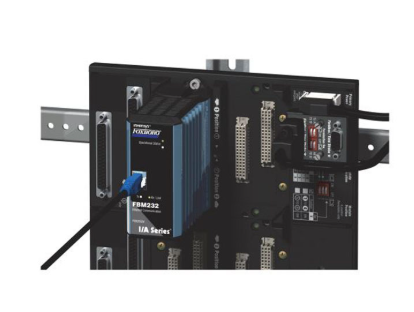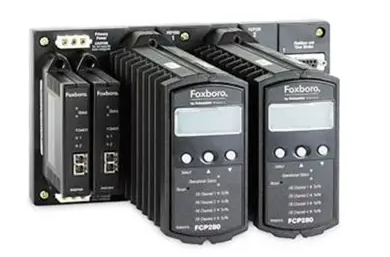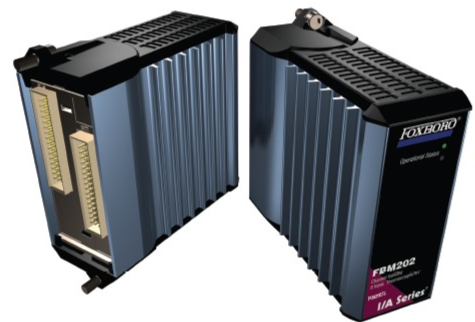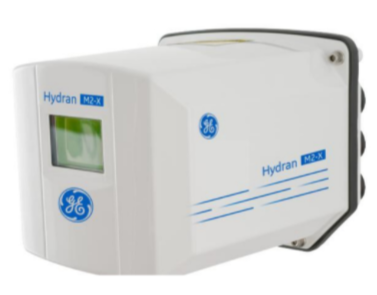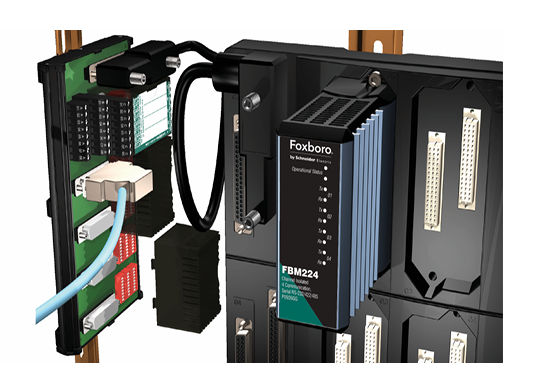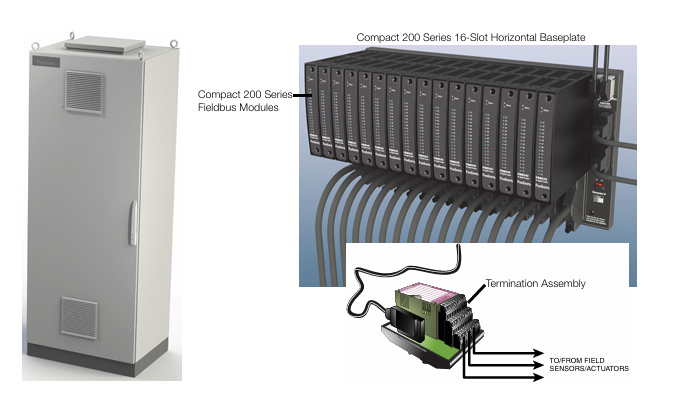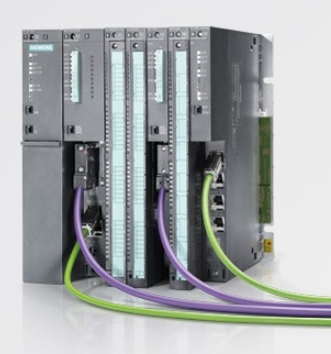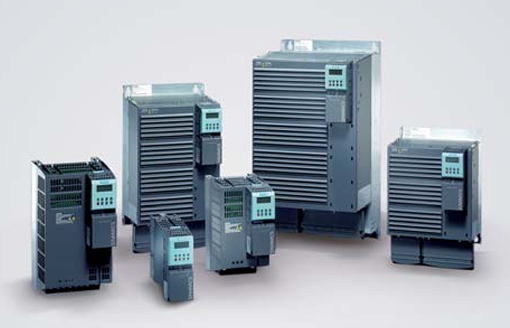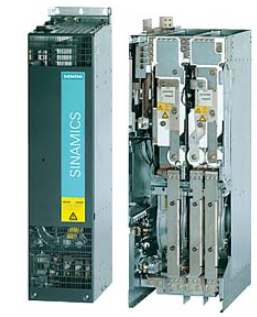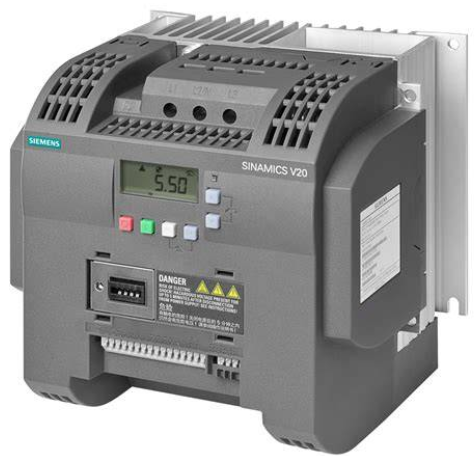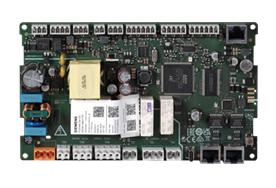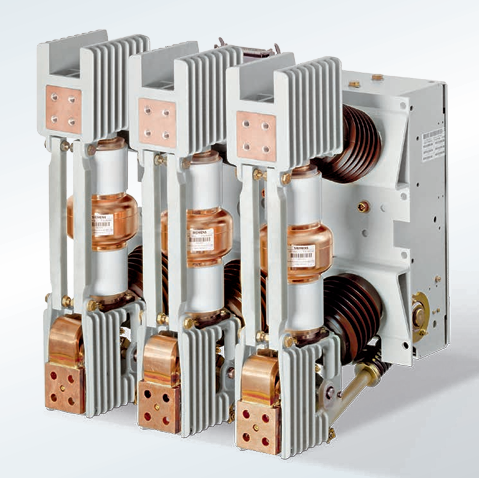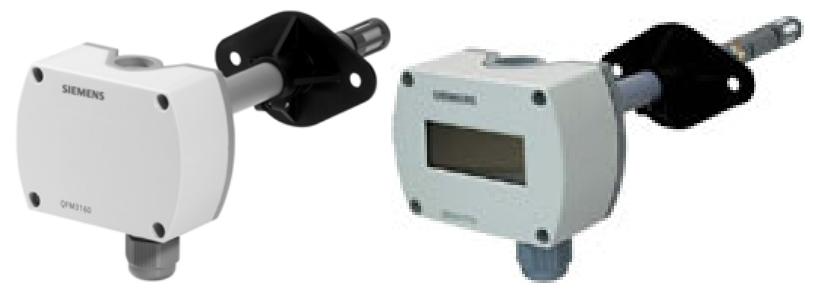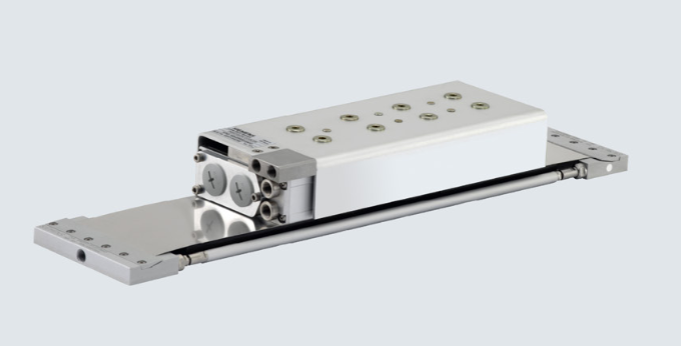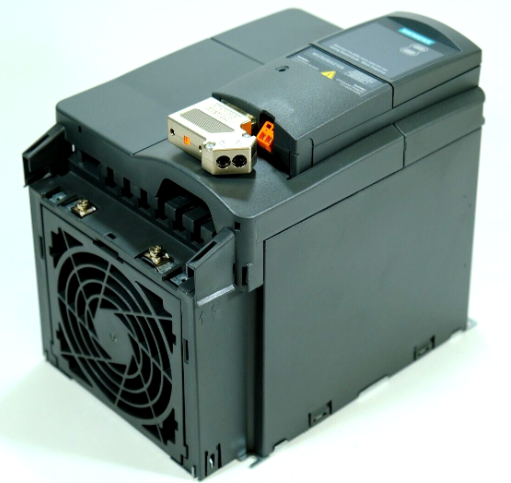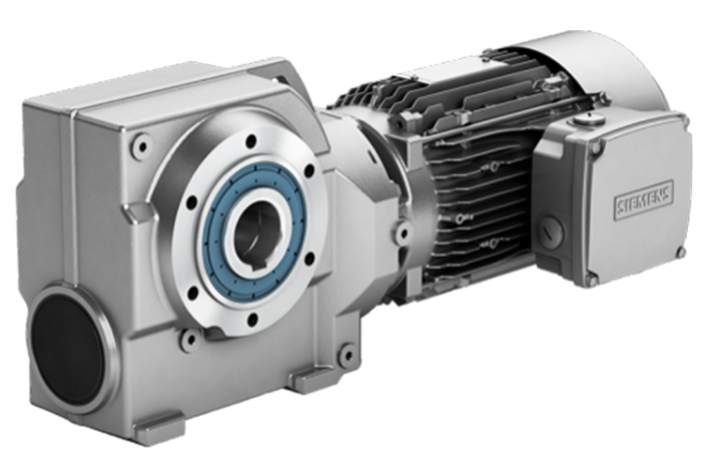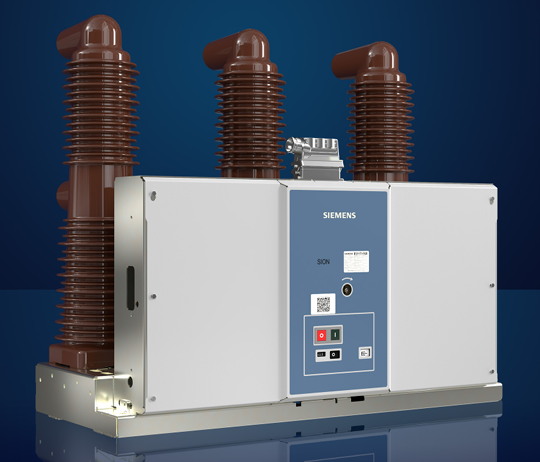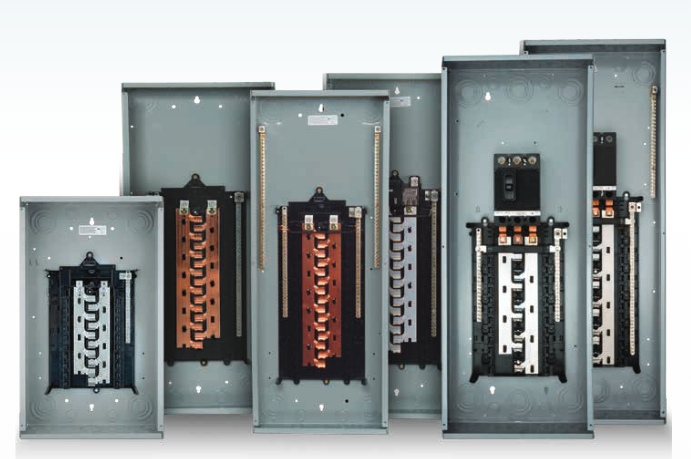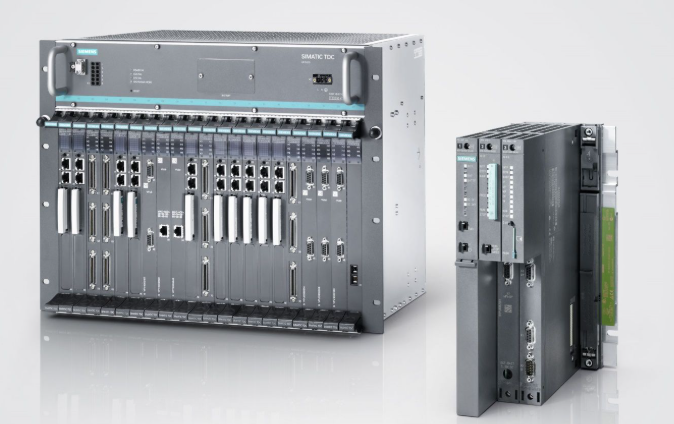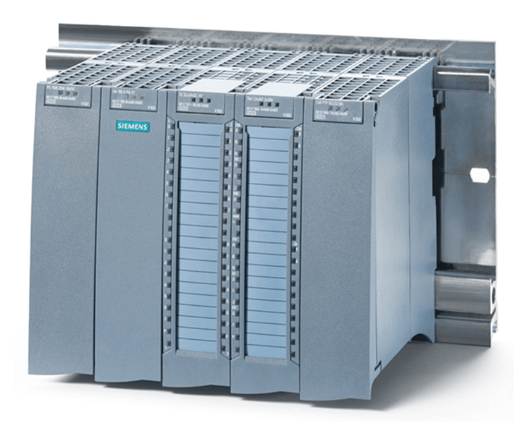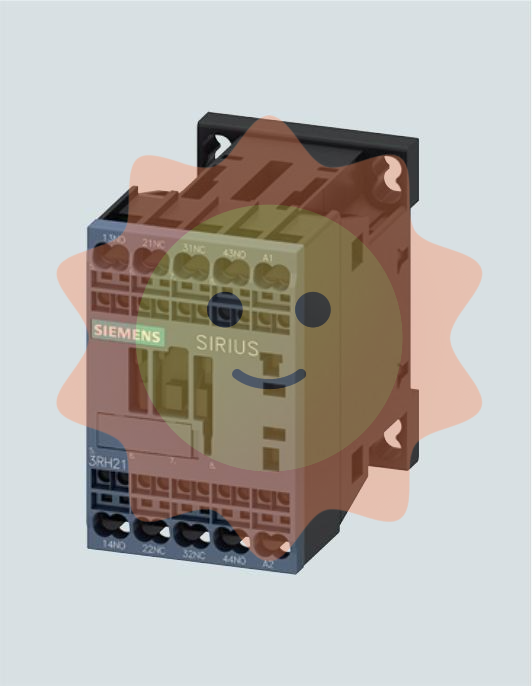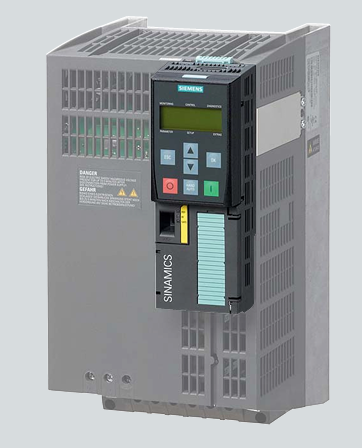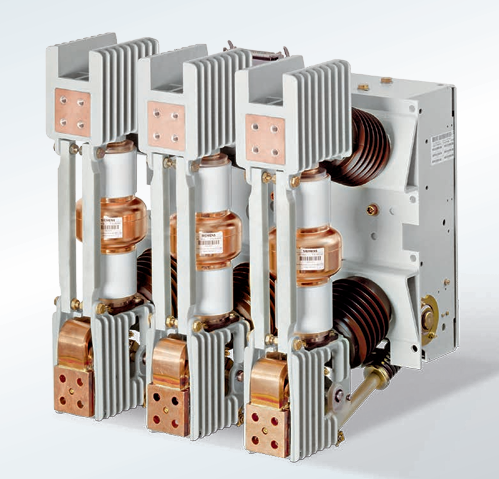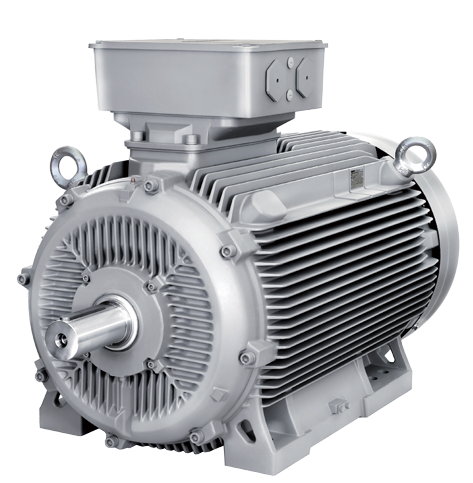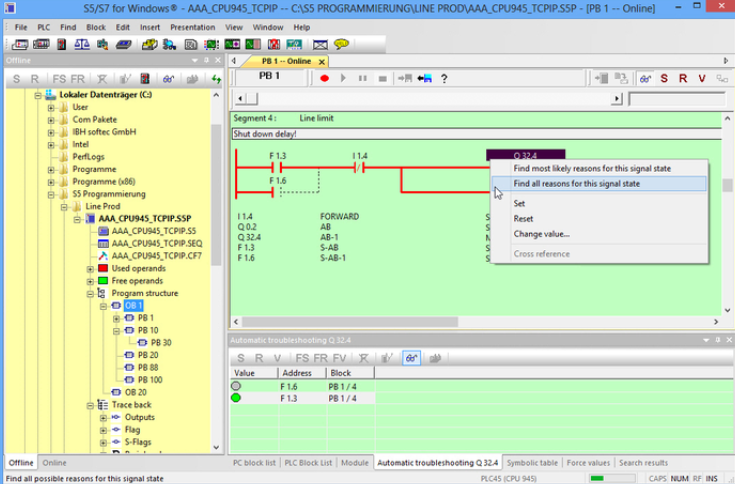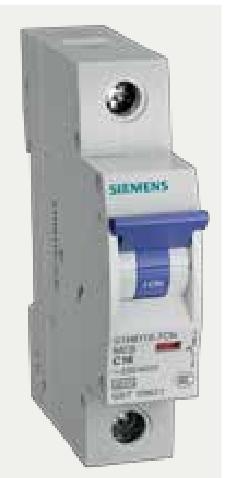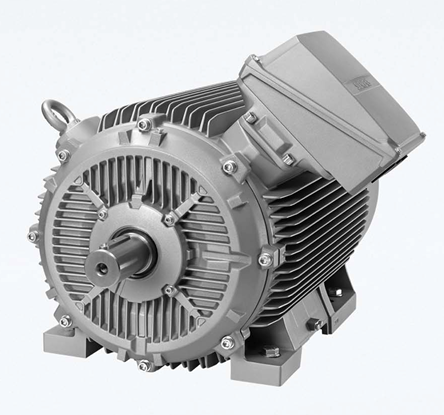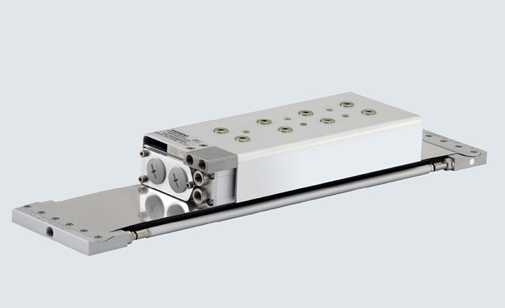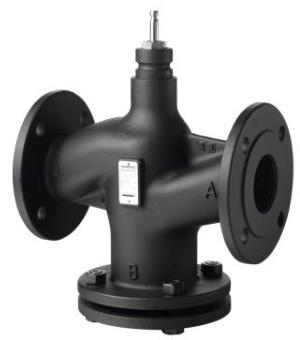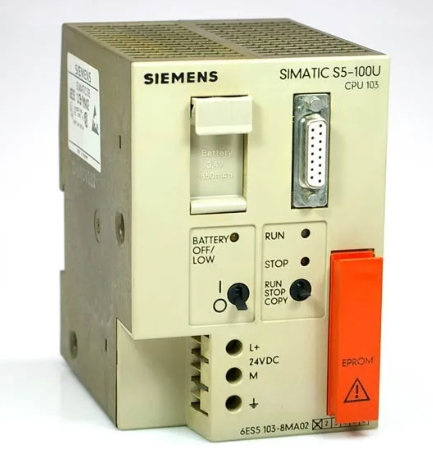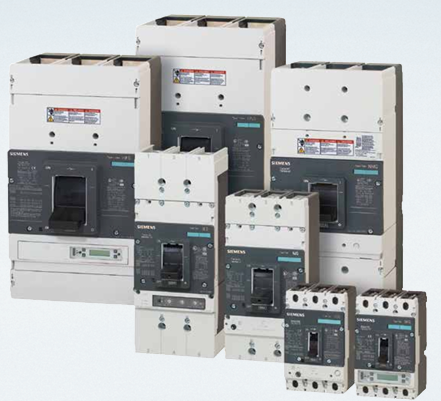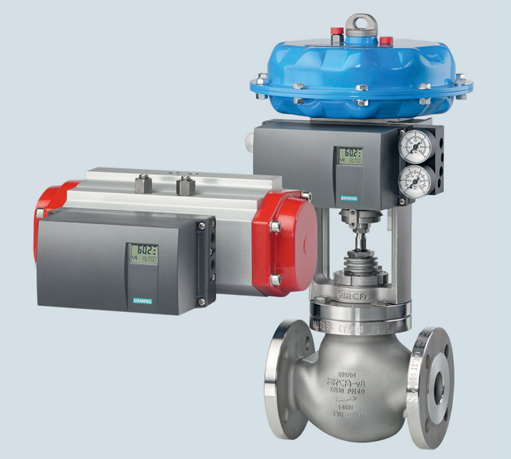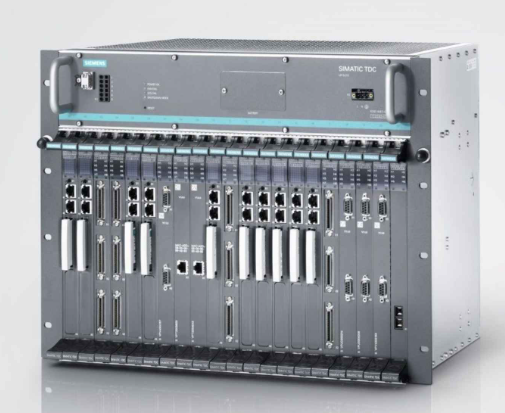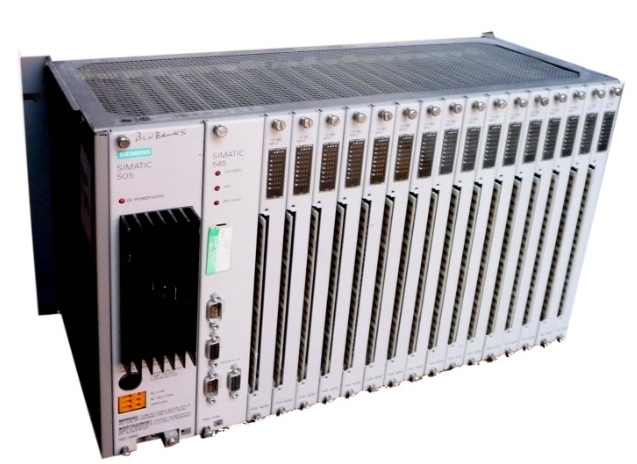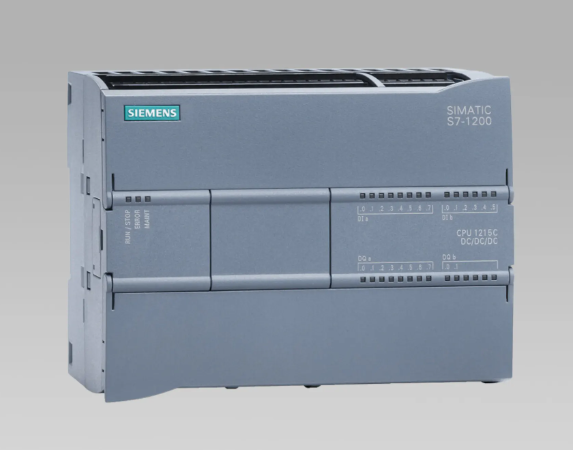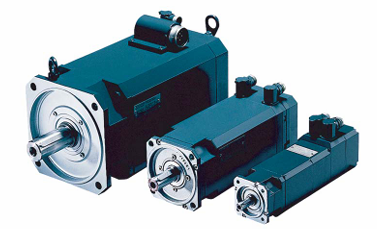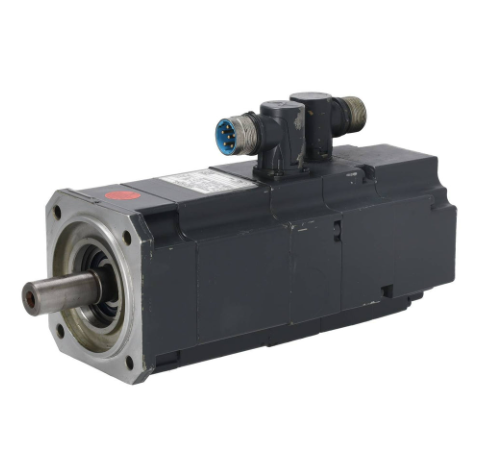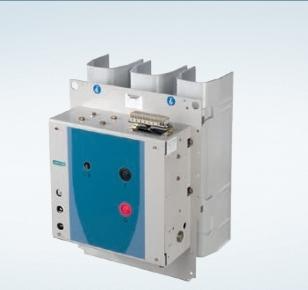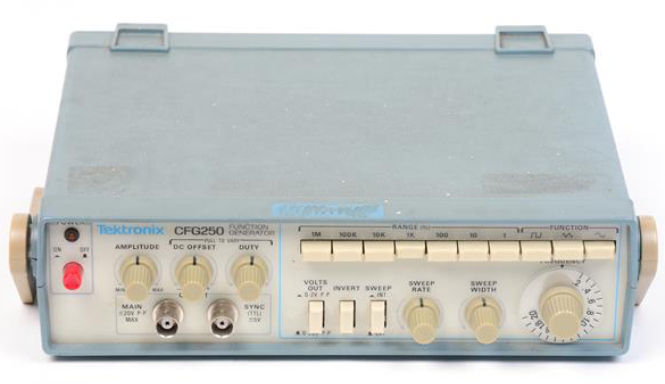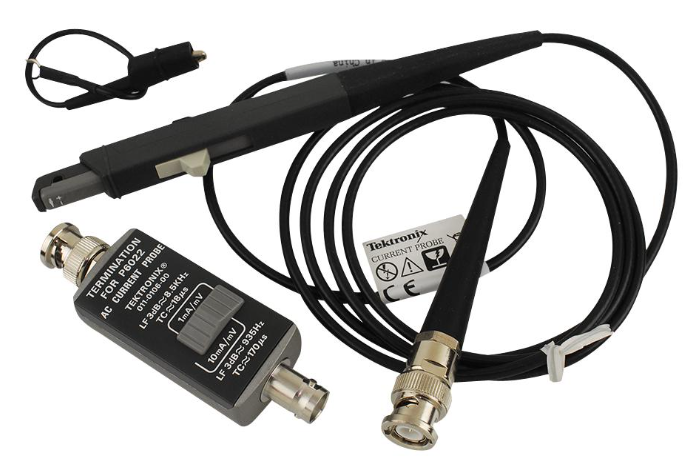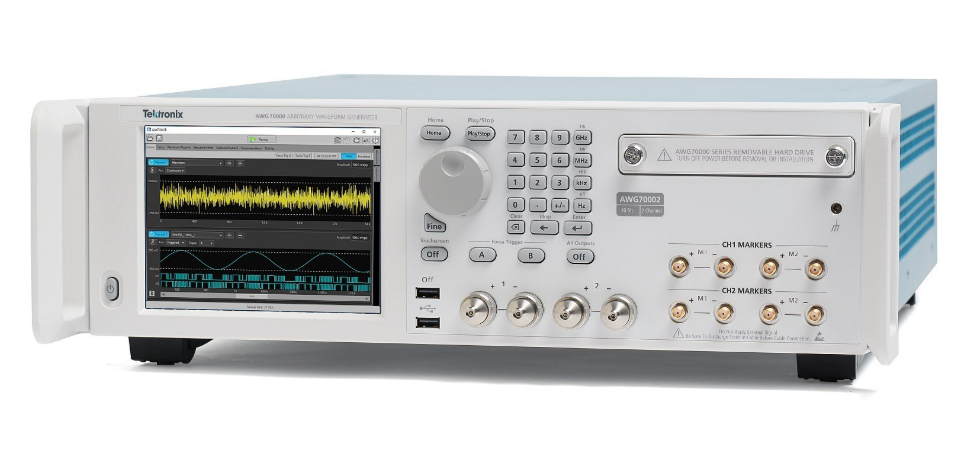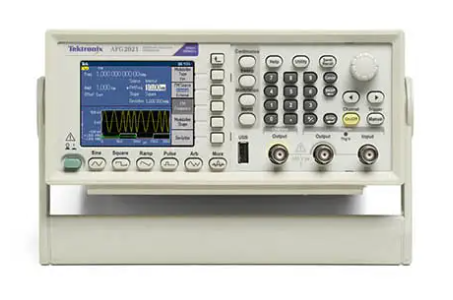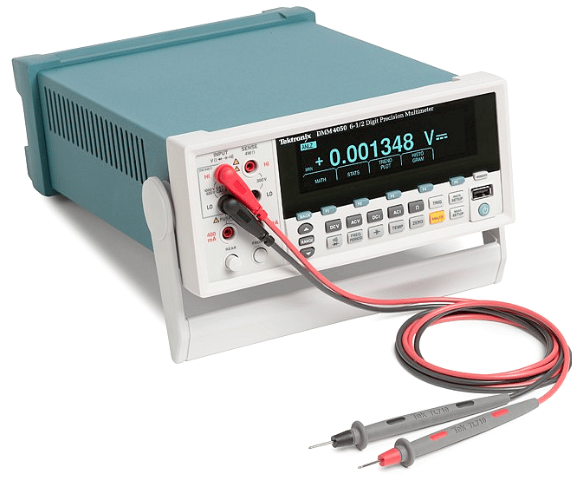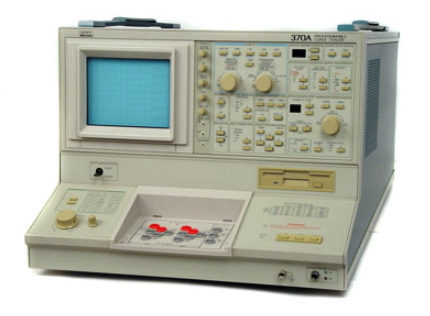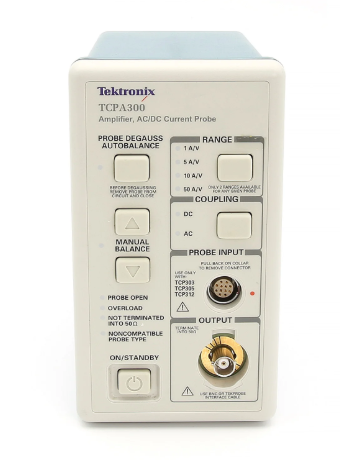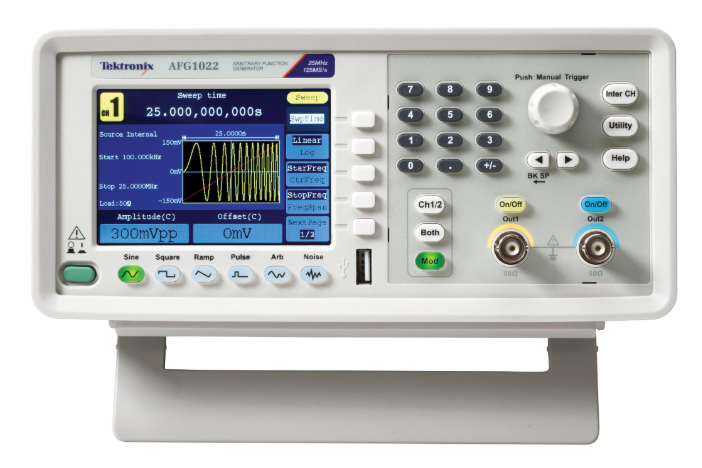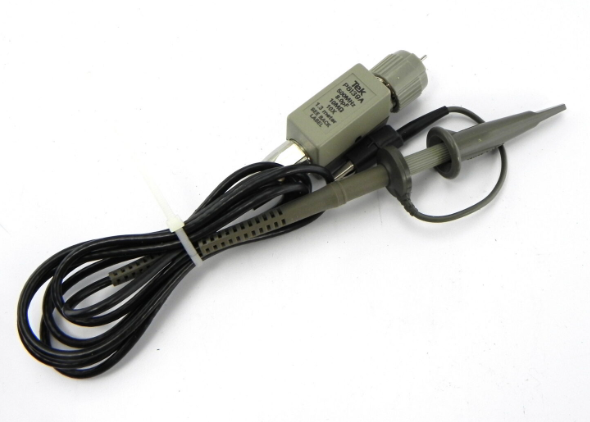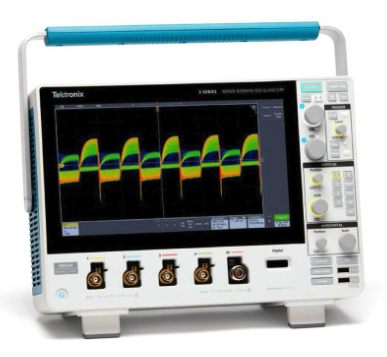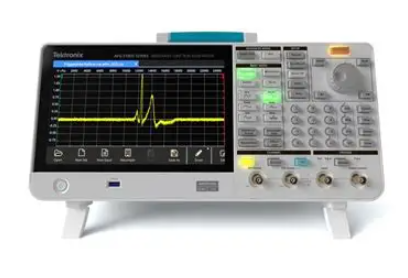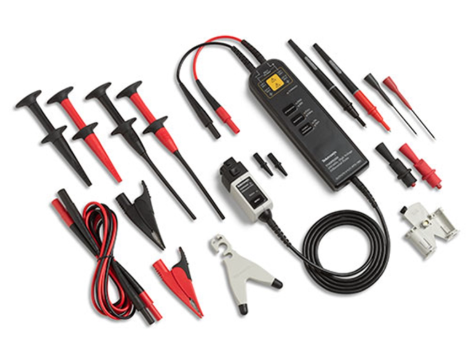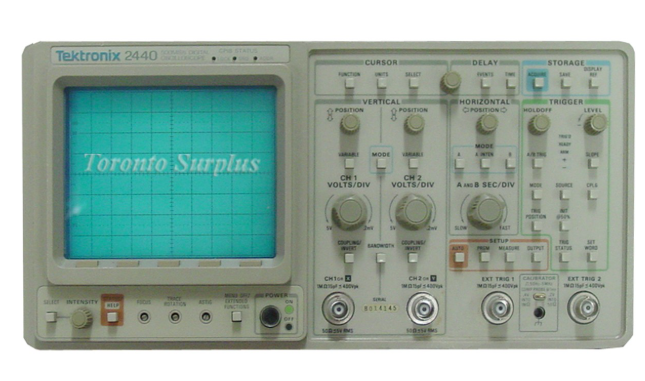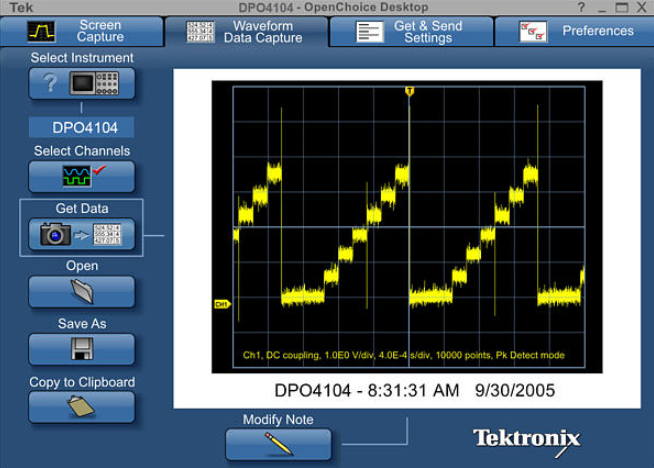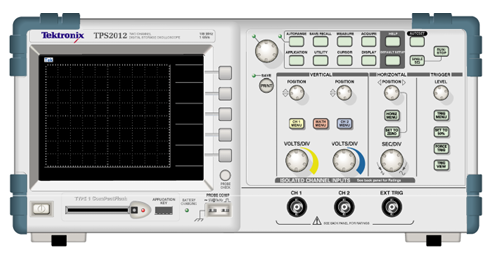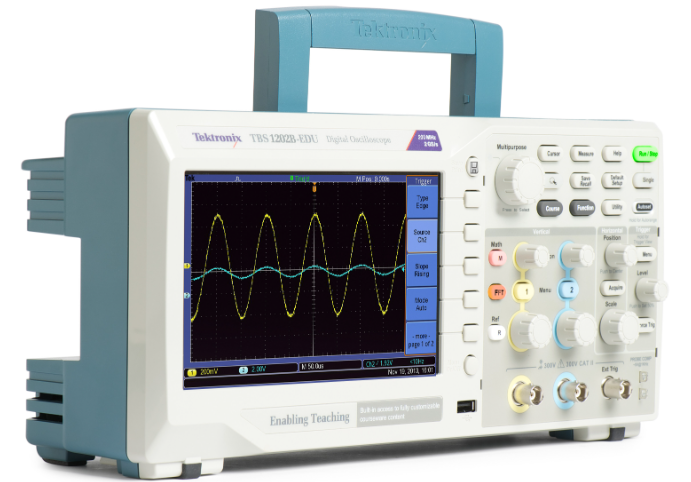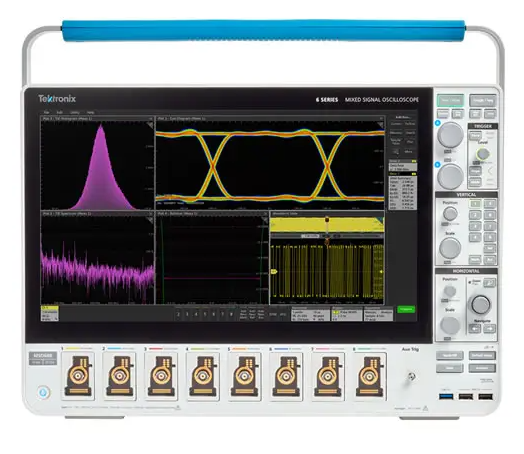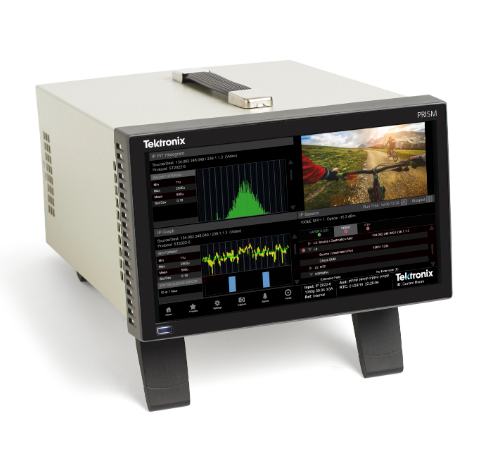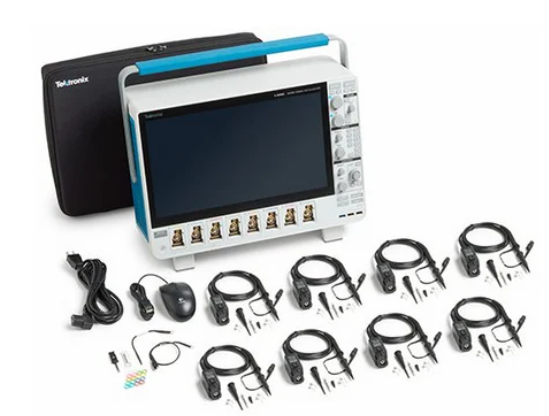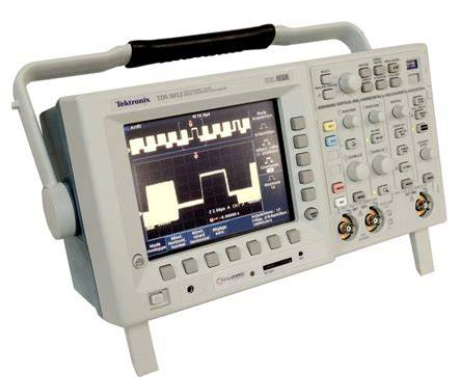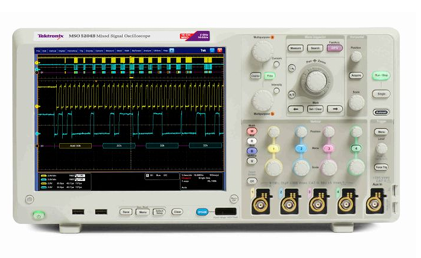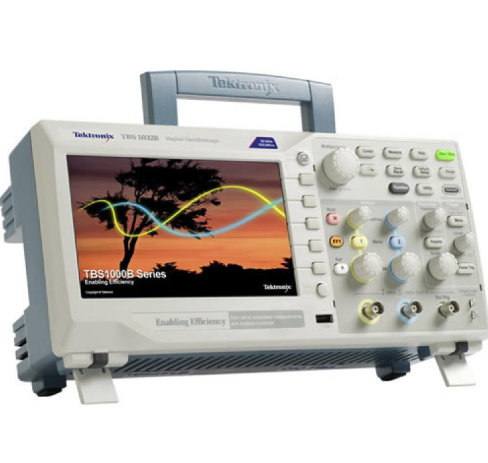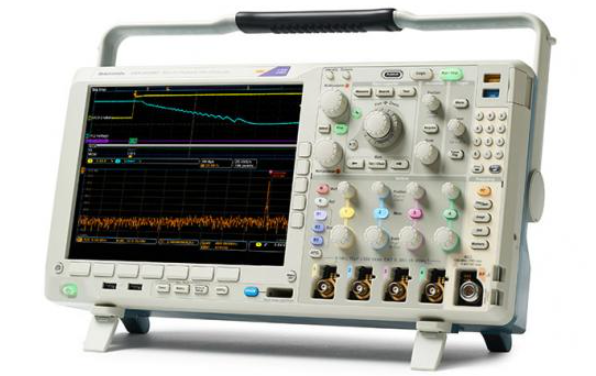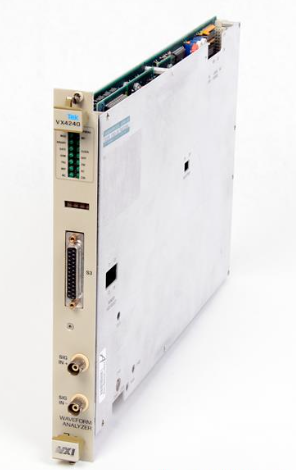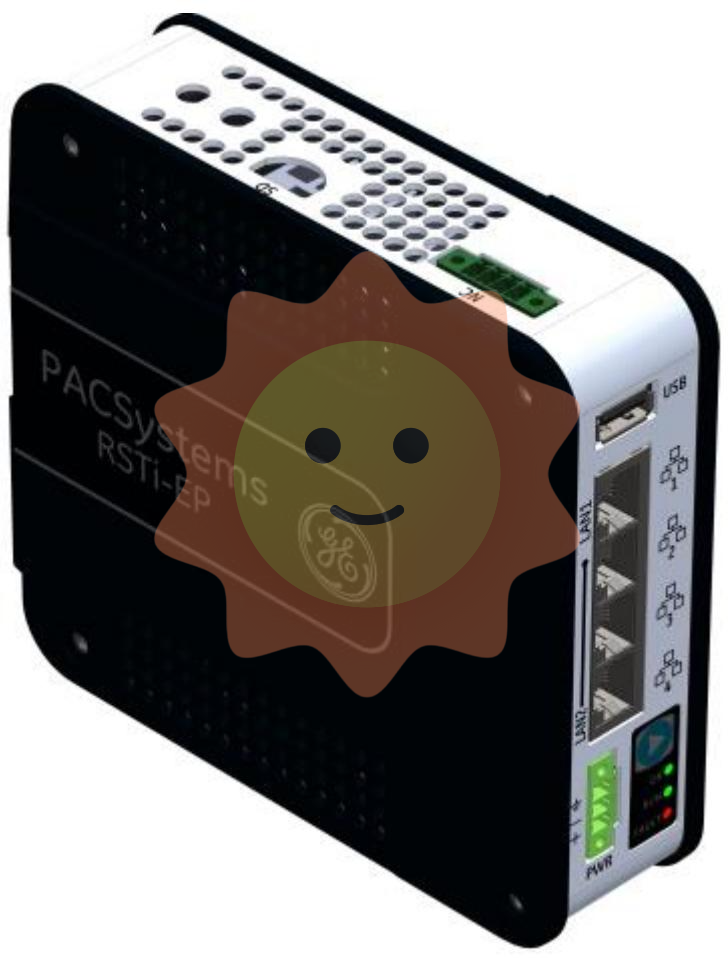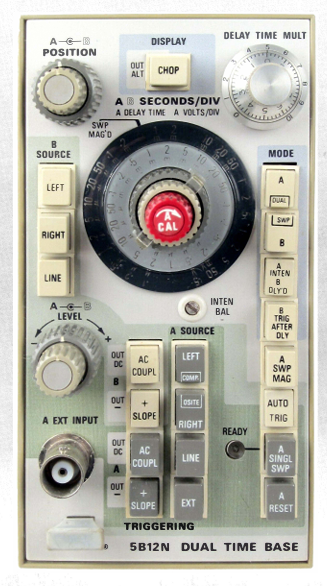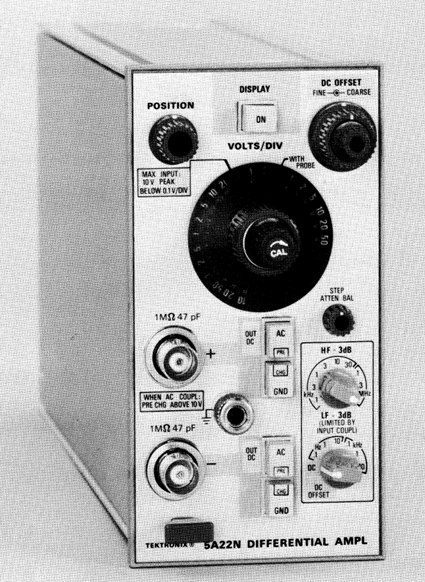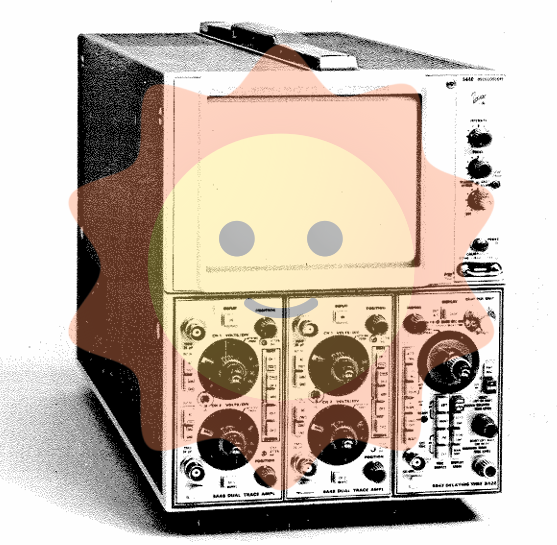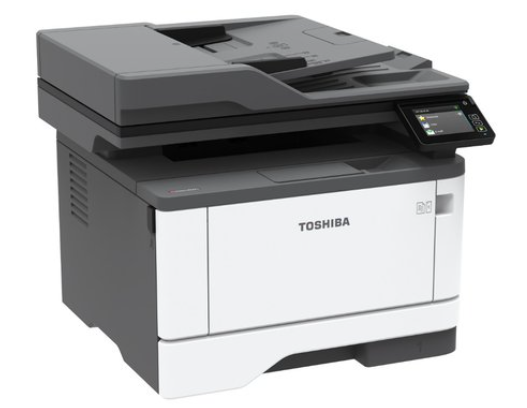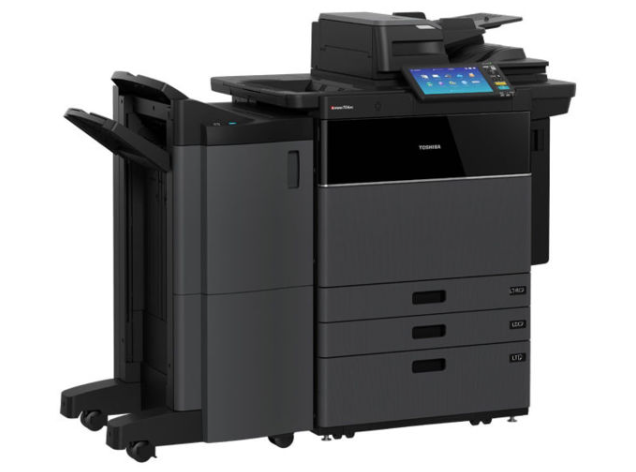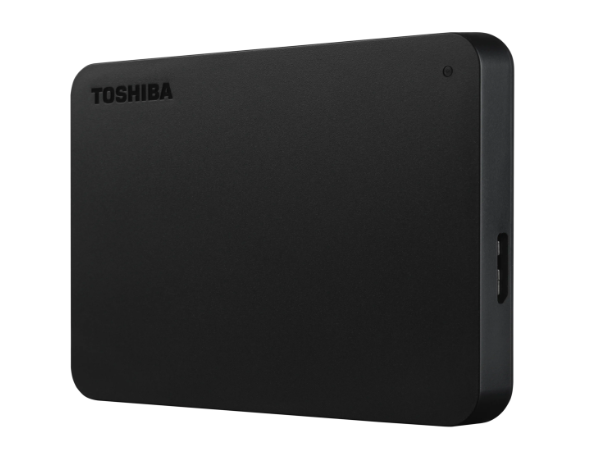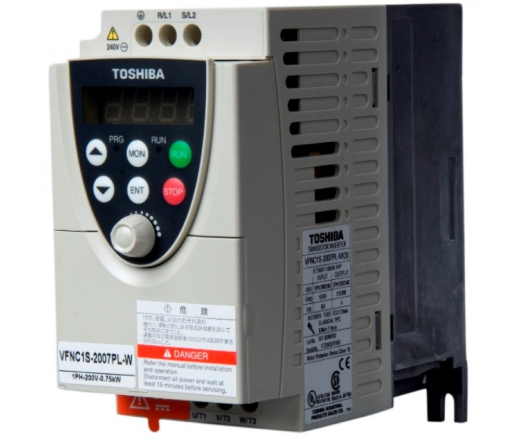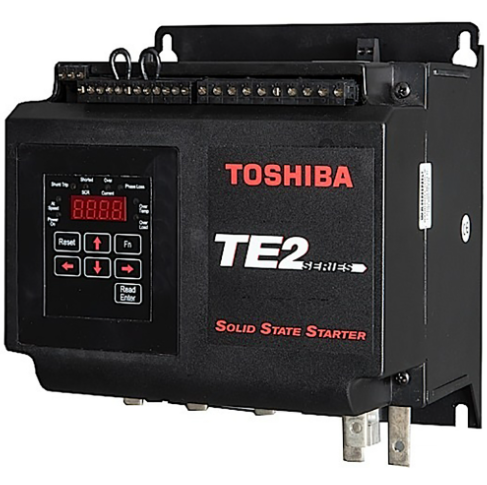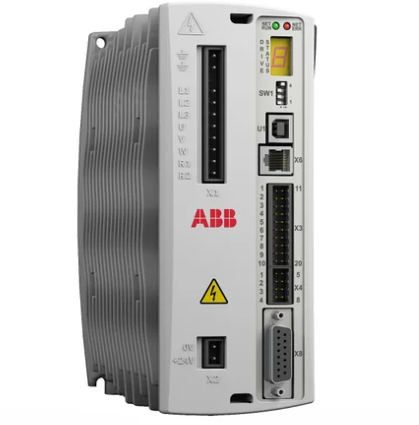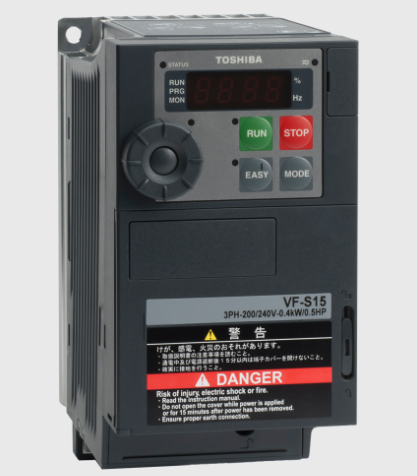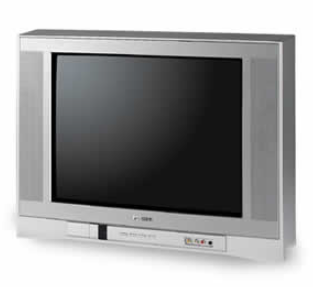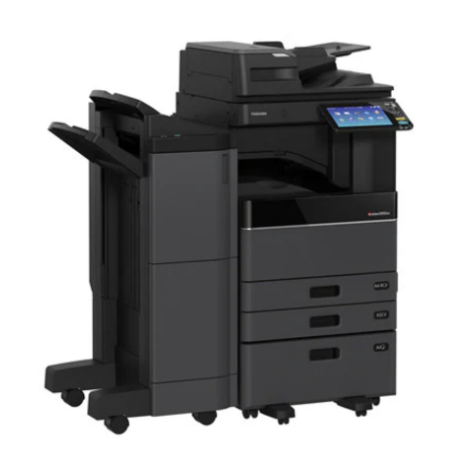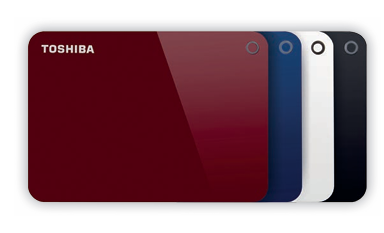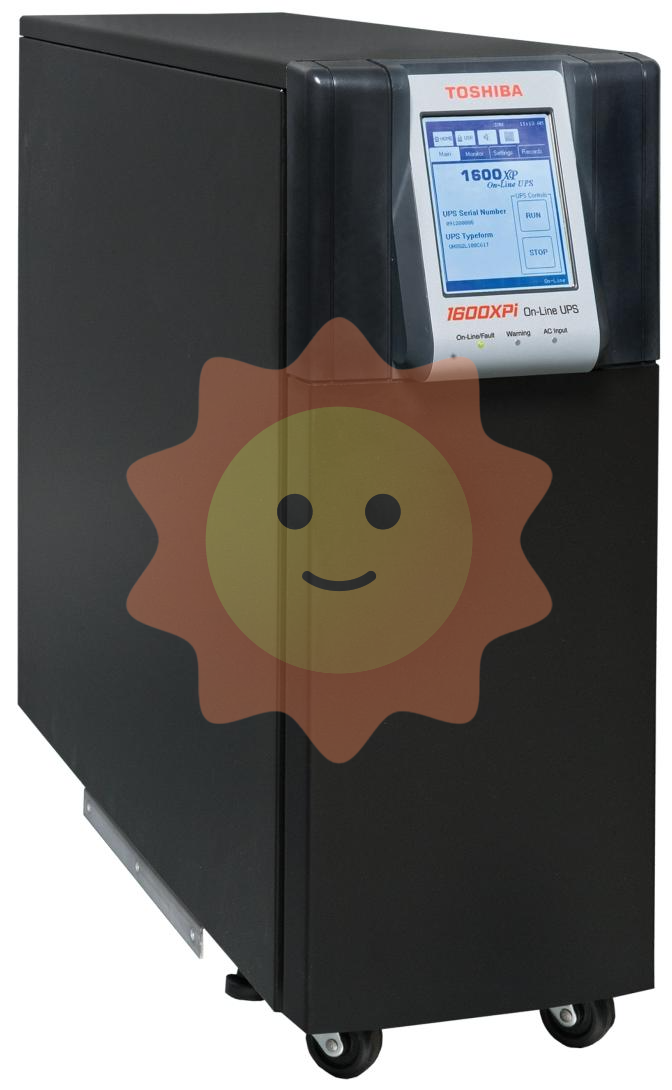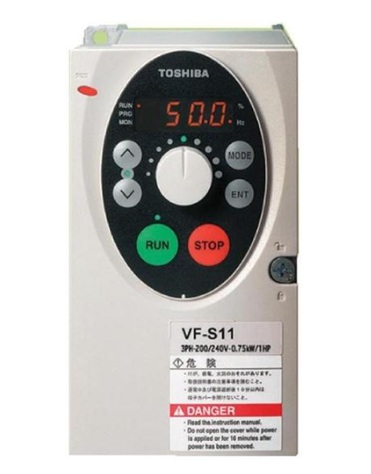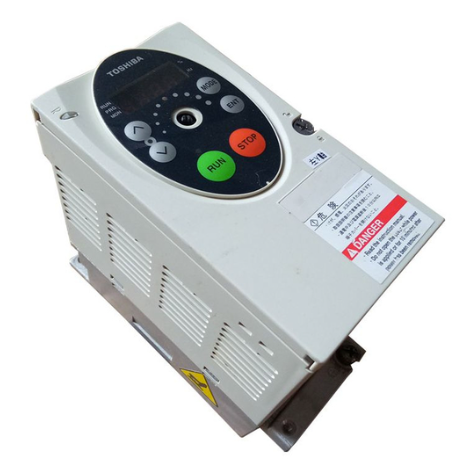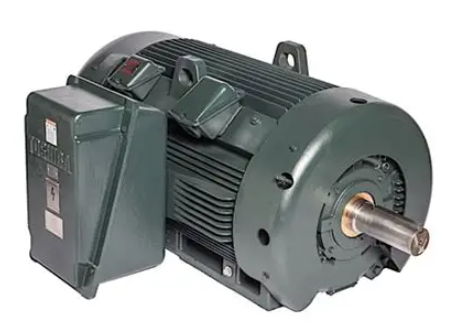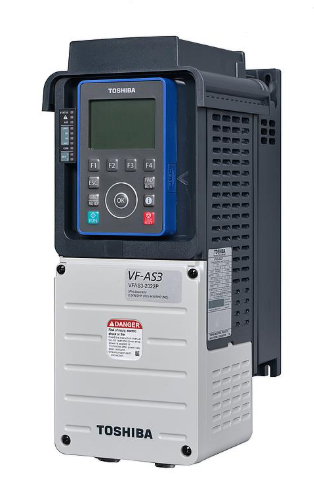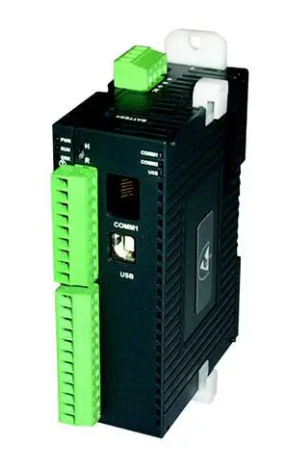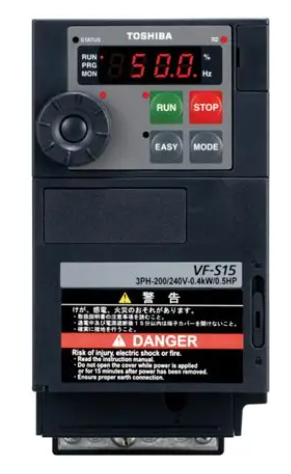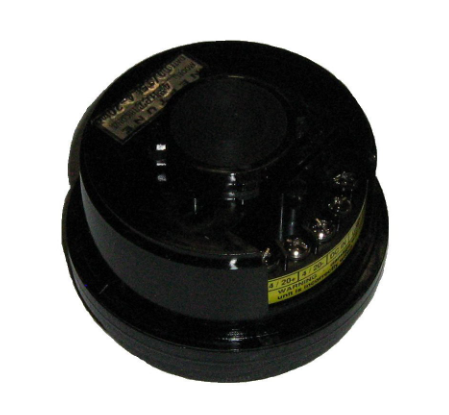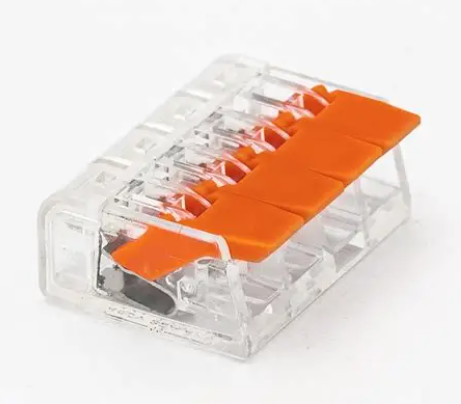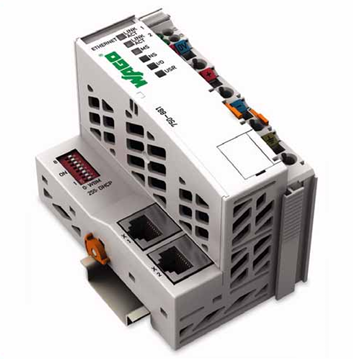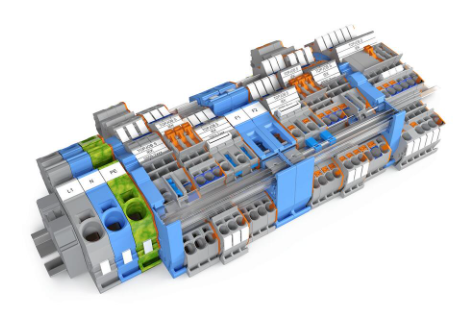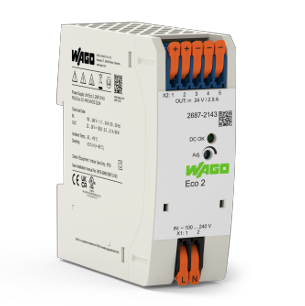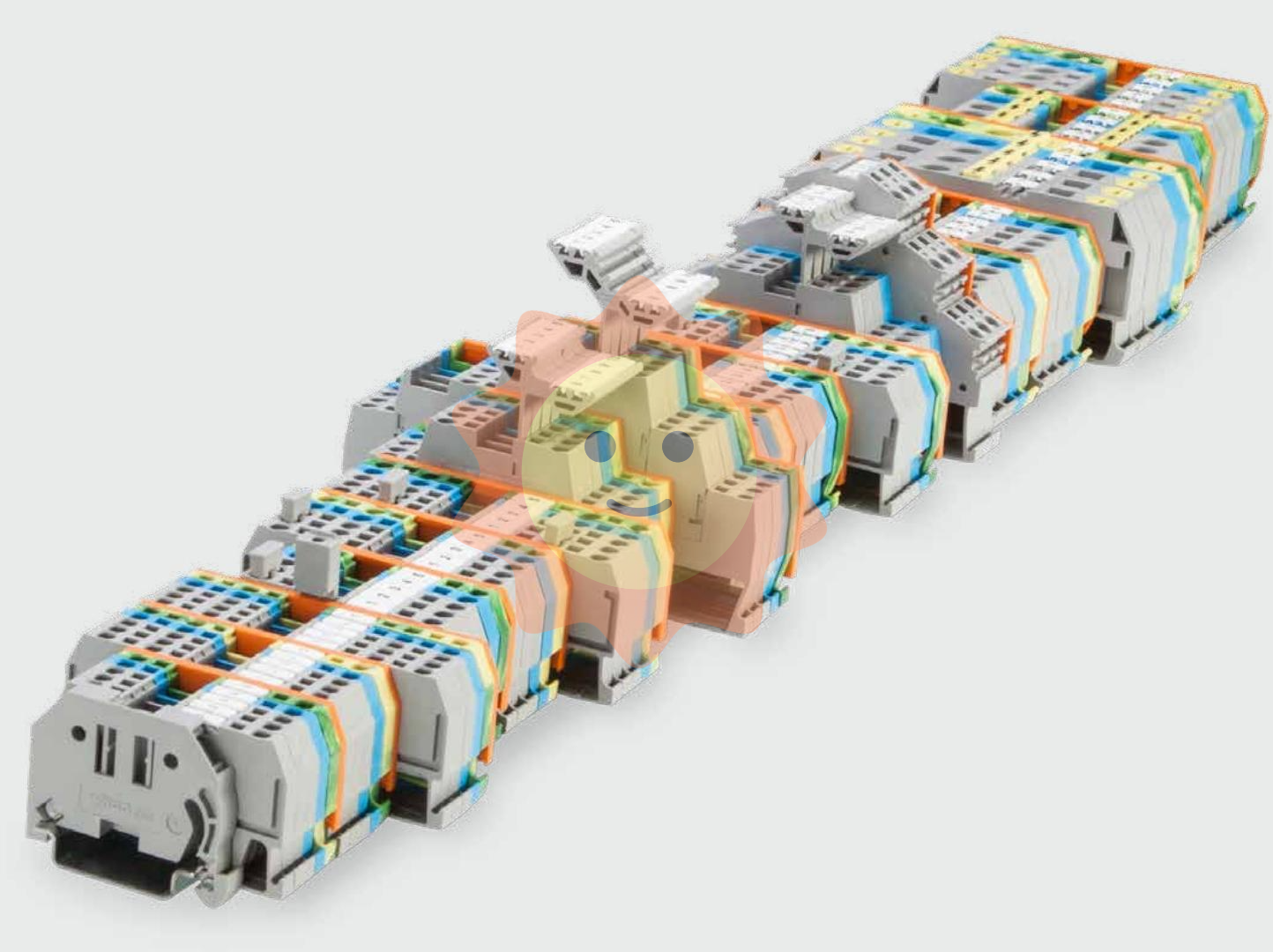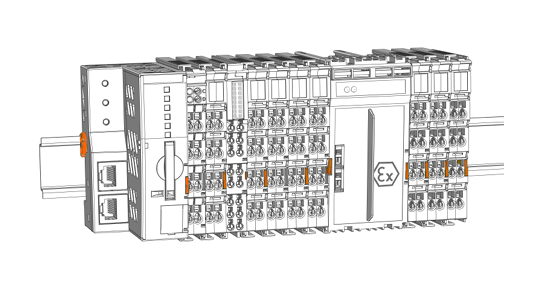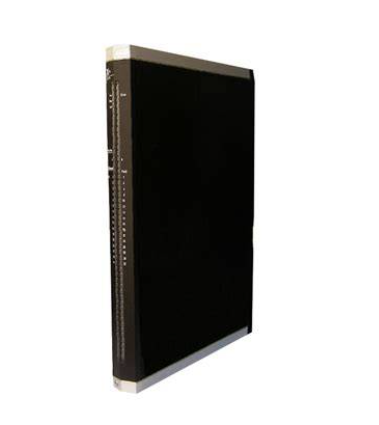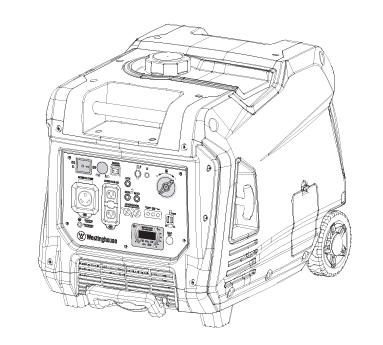NI SBRIO-9607 Single-Board RIO OEM Devices
NI SBRIO-9607 Single-Board RIO OEM Devices
INTRODUCTION
NI SBRIO-9607 Single-Board RIO OEM Device is a compact, high-performance embedded system suitable for a wide range of industrial automation, machine control, data acquisition, and OEM applications. Its integrated design, high-performance hardware, rich I/O interfaces, and real-time operating system make it an ideal choice for engineers and system integrators looking to develop versatile and reliable embedded systems.
Key Features
Integrated Design: The SBRIO-9607 combines a real-time processor, user-reconfigurable FPGA, and I/O on a single printed circuit board (PCB), providing a compact and efficient solution.
High-Performance Hardware: Equipped with a 667 MHz dual-core CPU, 512 MB of DRAM, and 512 MB of storage, as well as a Zynq-7020 FPGA, the device is capable of handling complex data acquisition and control tasks.
Rich I/O Interfaces: The SBRIO-9607 offers a variety of I/O interfaces, including Gigabit Ethernet, CAN, serial, and USB ports, as well as 96 digital I/O lines at 3.3 V. These interfaces enable seamless data exchange and communication with other devices and systems.
High-Speed Data Transmission: With its RIO mezzanine card (RMC) connector, the SBRIO-9607 supports high-speed, high-bandwidth data transmission, making it suitable for applications requiring extensive data transfer and processing.
Wide Operating Temperature Range: Designed to operate within a temperature range of -40°C to +85°C, the device can function reliably in harsh industrial environments.
Real-Time Operating System: The embedded system typically runs the NI Linux Real-Time operating system, ensuring high precision and reliable real-time control performance.
Specifications (Approximate)
Processor: Dual-core CPU at 667 MHz
Memory: 512 MB DRAM, 512 MB storage
FPGA: Zynq-7020
Digital I/O Lines: 96 lines at 3.3 V
Interfaces: Gigabit Ethernet, CAN, serial, USB, RMC connector
Operating Temperature Range: -40°C to +85°C
Applications
Industrial Automation: The SBRIO-9607 is ideal for industrial automation systems, where it can handle real-time control, data acquisition, and signal processing tasks.
Machine Control: In machine control applications, the device can be used to implement control algorithms, monitor machine status, and communicate with other system components.
Data Acquisition Systems: For applications requiring high-speed, high-resolution data acquisition, the SBRIO-9607 provides a versatile and reliable solution.
OEM Applications: The compact design and rich feature set of the SBRIO-9607 make it suitable for integration into OEM products, where it can add functionality and performance without significantly increasing size or complexity.
Additional Information
LabVIEW Integration: The SBRIO-9607 can be tightly integrated with NI's LabVIEW system design software, allowing users to develop applications, control algorithms, and user interfaces using graphical programming methods.
Industrial-Grade Design: The SBRIO-9607 is designed for long-term stable operation in harsh industrial environments, ensuring reliability and durability.
Technical Specifications
Processor Specifications
The real - time processor has a specific clock speed and processing power. The clock speed determines how quickly it can execute instructions, and the processing power, often measured in terms of MIPS (Millions of Instructions Per Second), indicates its computational capacity. For example, a higher - clock - speed processor with more MIPS can handle more complex control algorithms and data - processing tasks in a shorter time.
FPGA Resources
The FPGA on the SBRIO - 9607 has a defined set of resources. These include the number of logic elements (LEs), flip - flops, and block RAMs (Random - Access Memories). The number of LEs determines the complexity of the digital circuits that can be implemented. Flip - flops are used for sequential logic, and block RAMs are useful for storing data during the FPGA operation. For example, a larger number of block RAMs allows for more extensive data buffering and storage in applications such as data - acquisition systems.
I/O Channel Characteristics
The digital I/O channels have specific voltage and current - handling capabilities. They can handle standard digital logic levels such as TTL (Transistor - Transistor Logic) or CMOS (Complementary Metal - Oxide - Semiconductor) voltage levels. For analog I/O, the device has a specified input range (e.g., 0 - 10V or - 10V to +10V for voltage inputs) and output range, as well as a resolution for analog - to - digital and digital - to - analog conversions. The resolution determines the precision of the measured or generated analog signals.

- User name Member Level Quantity Specification Purchase Date
- Satisfaction :
-









Email:wang@kongjiangauto.com

